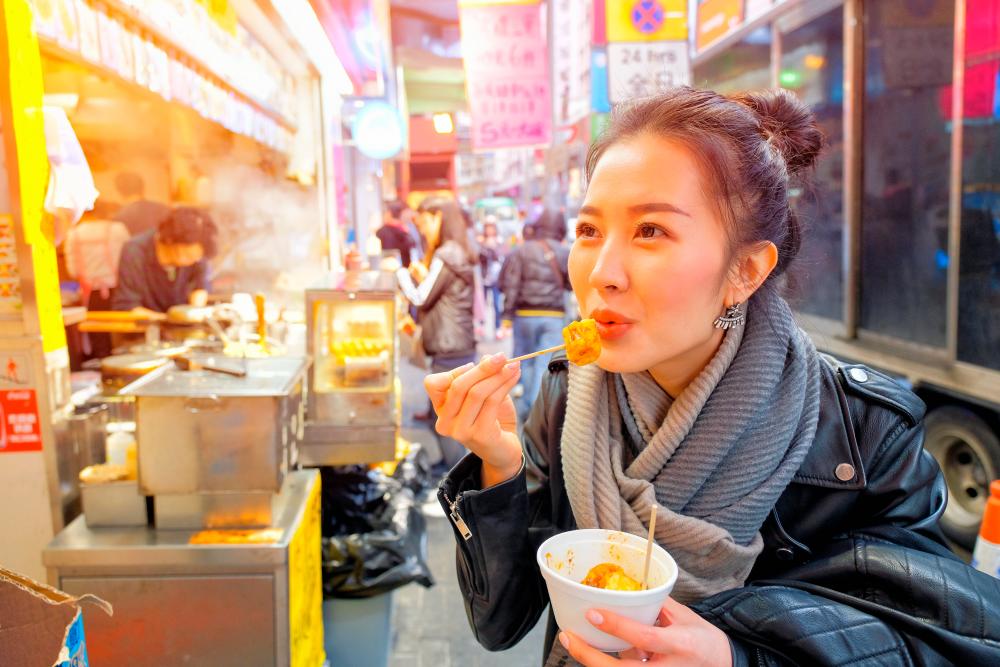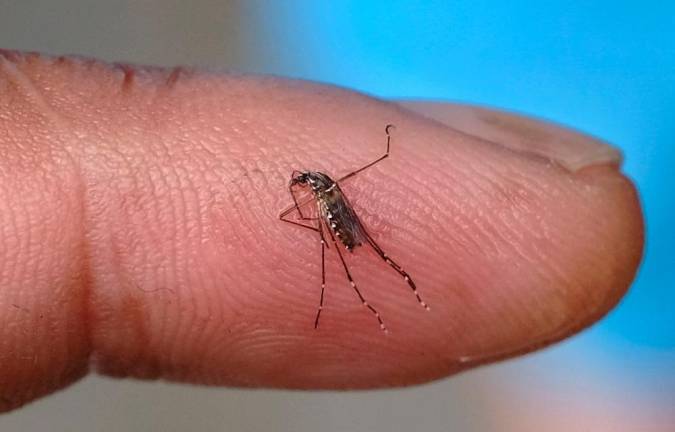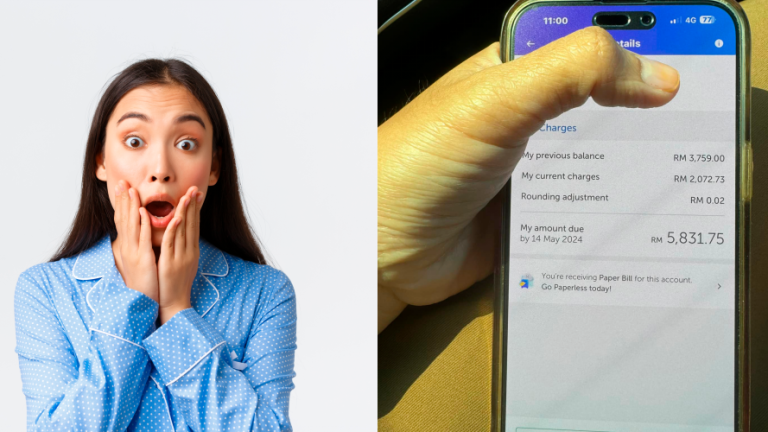UNDER the neighbourhood programme launched by the Hong Kong Tourism Board (HKTB), visitors are given the choice of five unique walking tours that will allow visitors to experience this vibrant location at the ground level, focusing on the cultural heritage of the area, and introducing visitors to an as-yet-undiscovered perspective of West Kowloon, which include little pockets of urban street art.
But no holiday is complete without a taste of the local delicacies, and part of the adventure is hunting down some of the best in local street food. Hong Kong is known for its sumptuous cuisine, and the West Kowloon district is bursting with a variety of traditional eateries, some of which are centuries old. It truly is a foodie’s paradise, and no trip is complete without a visit to one or two of these landmark food shops.
The cultures and traditions that have defined the spirit of Hong Kong’s food culture are perfectly preserved in each of them, and they truly are the heart and soul of West Kowloon.
1. Liu Ma Kee Fermented Tofu Store, Min Street, Jordan
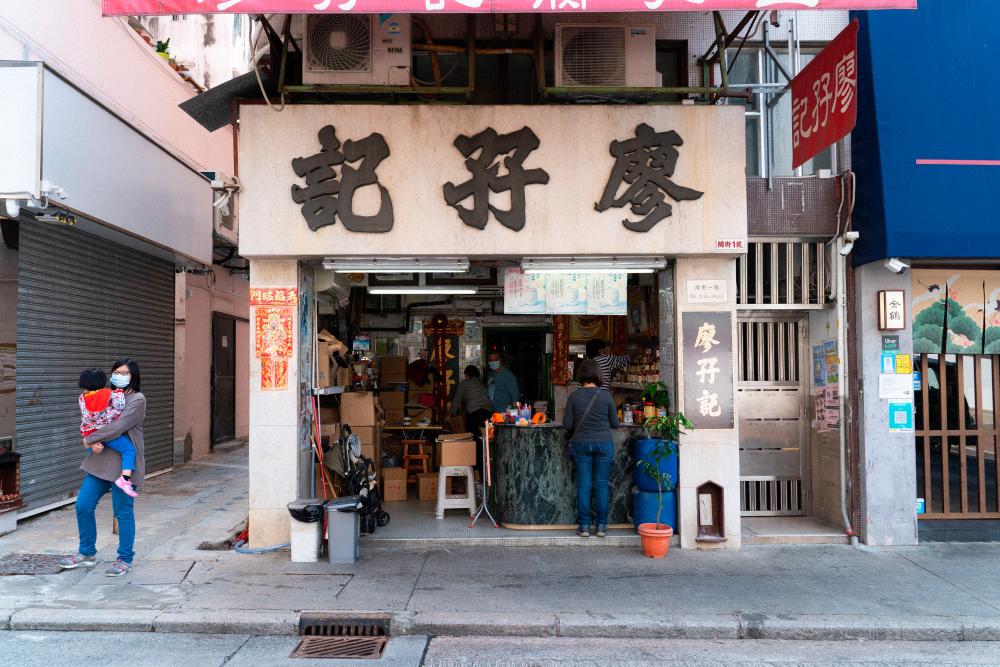
The oldest shop on our list, the Liu Ma Kee Fermented Tofu Store has been serving the community its preserved bean curd for over 100 years, and is currently run by the fourth generation of owners. The shop is famous for making bean products using traditional methods, which are a closely-guarded family secret.
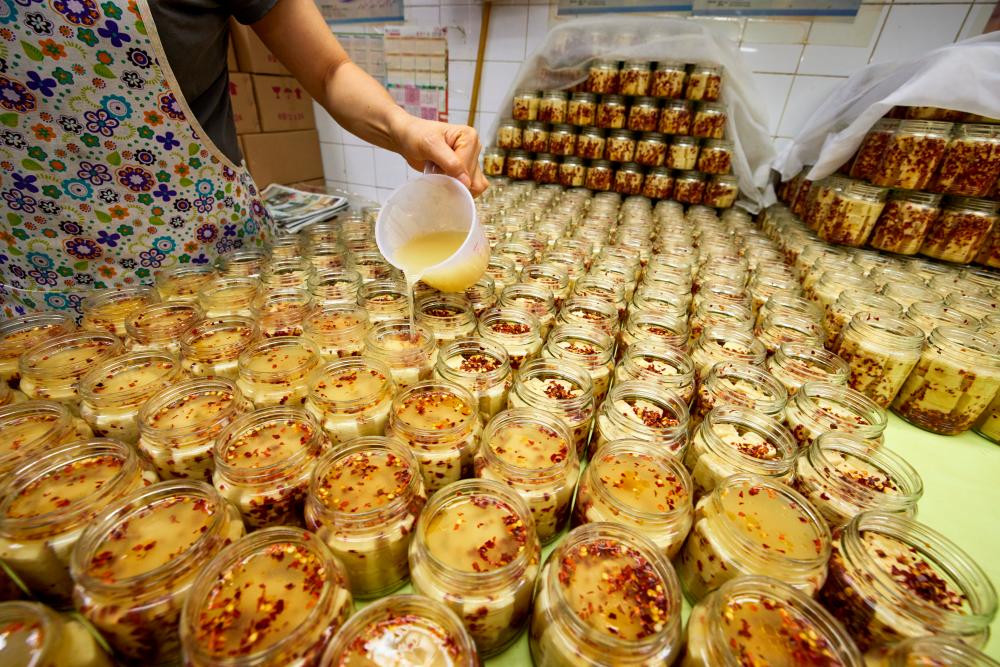
Liu Ma Kee still uses a traditional stone mill to grind soybeans, and its fermented tofu is particularly rich in flavour. Fermented tofu is an acquired taste for those unfamiliar with Chinese flavours, but is a favourite of Hongkongers, both local and abroad. It goes well with lamb dishes, and adds intense umami flavours to all sorts of sauces and marinades. It can even be enjoyed when mixed with plain rice.
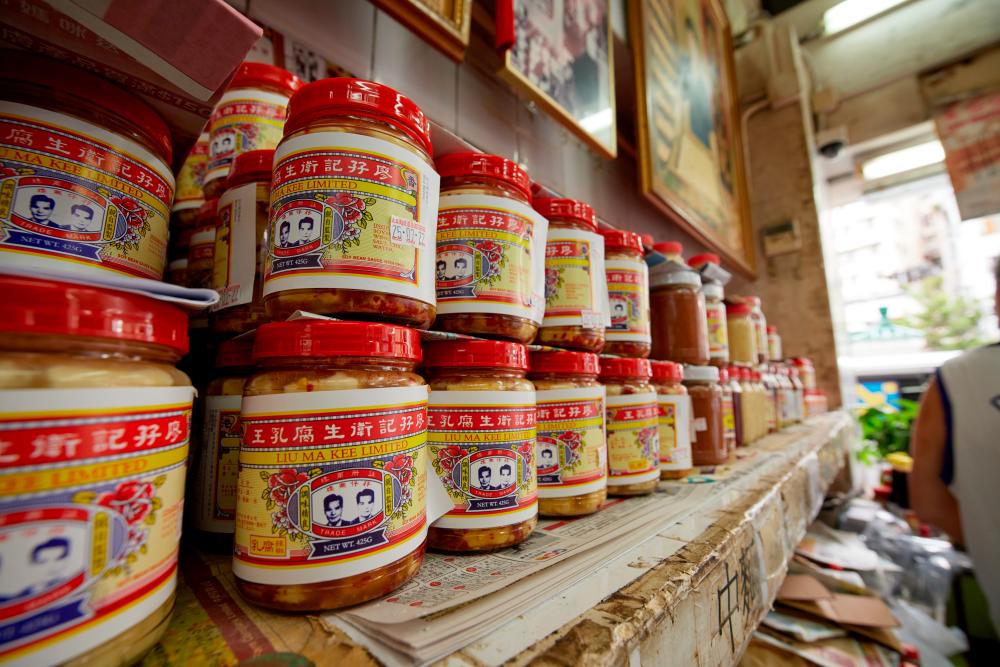
Adding to the charm is the old school packaging – Liu Ma Kee’s products are still in glass jars, with a label displaying an image of its founders, the Liu brothers.
2. Mak Man Kee Noodle Shop, Parkes Street, Jordan
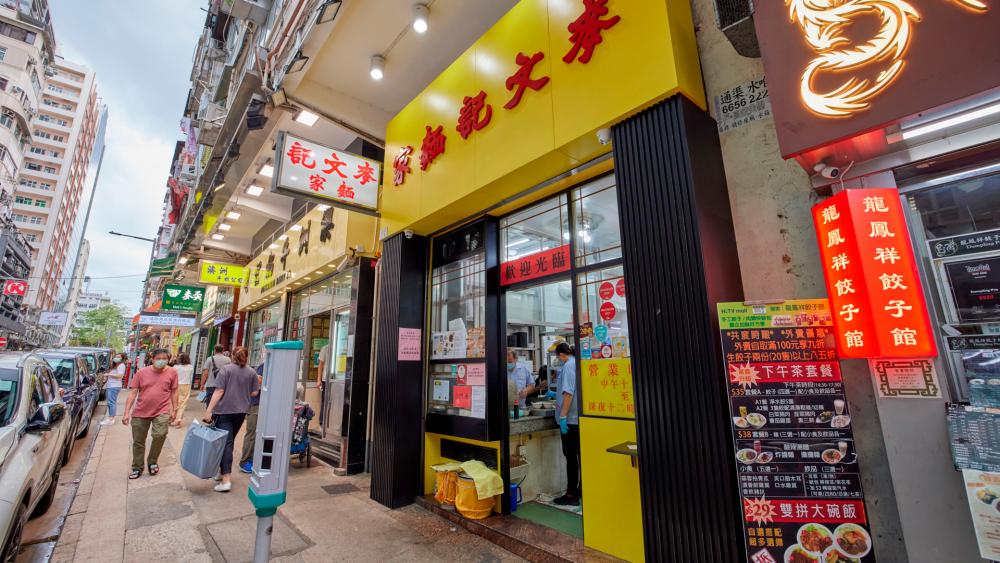
Famous for its specialty handmade wonton noodles, Mak Man Kee Noodle Shop is truly a Hong Kong street food success story. From its humble beginnings as a dai pai dong (open air food stall) in 1948, the noodle shop has grown into a global brand, even being recognised under the Michelin Bib Gourmand guide.
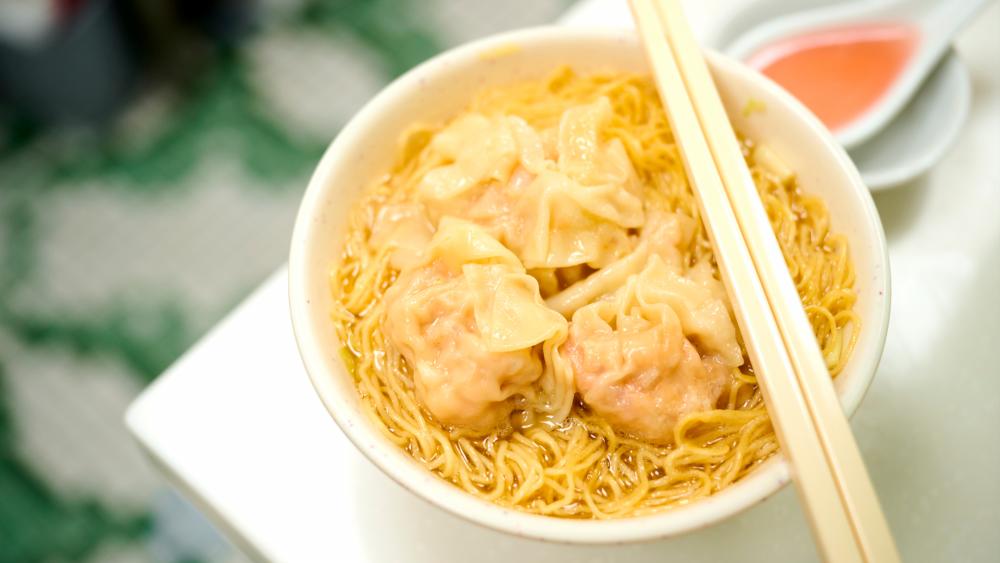
Founder Mak Woon-chi originally brought these Cantonese noodles from his native Guangzhou, and opened his first shop right here in West Kowloon. He sold them paired with handmade wontons. For generations, this simple but hearty dish has been enjoyed by generations of Hong Kongers, as well as visitors from all across the world.
3. Kung Wo Tong, Woosung Street, Yau Ma Tei
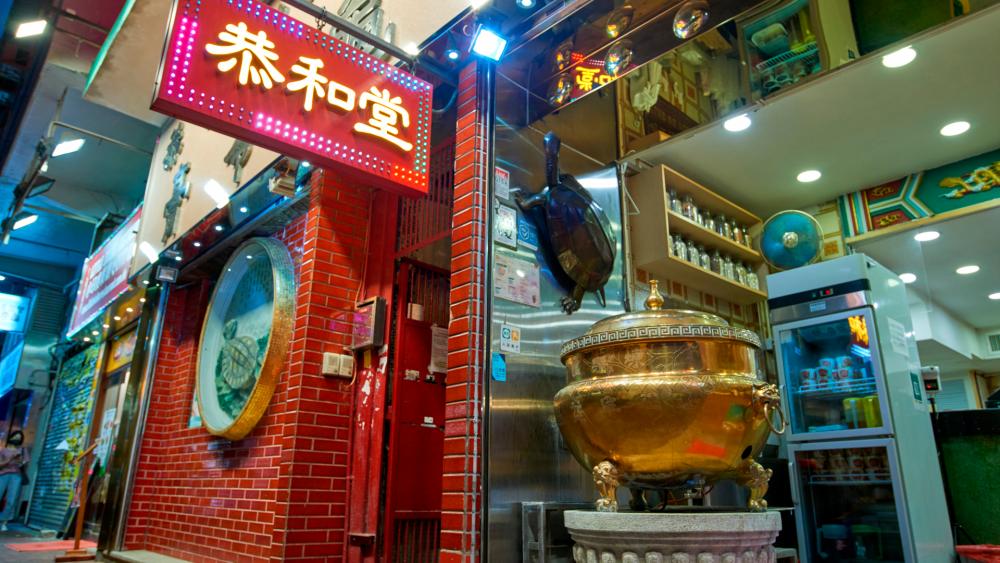
Steeped in over 2,500 years of history, Traditional Chinese Medicine (TCM) has remained almost unchanged for centuries, and is deeply intertwined with the lifestyle of the vast majority of modern Chinese people. In Hong Kong, one type of TCM remedy that is easiest on a first-timer’s palate is the guilinggao, also known as tortoise jelly, which is readily available at Kung Wo Tong. Despite its name, guilinggao is made from herbs, and does not contain any actual tortoise or turtle parts.
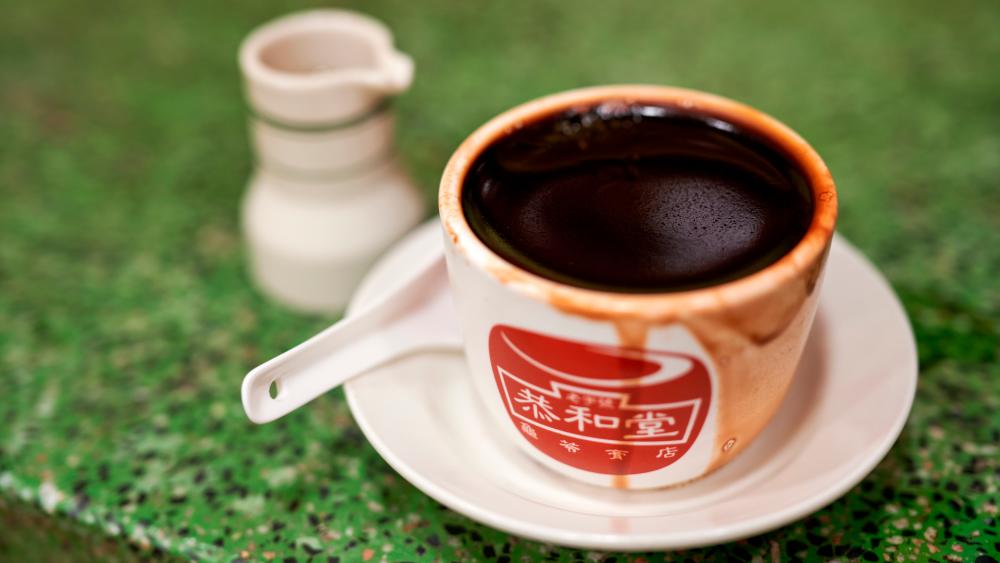
Kung Wo Tong has outlets all over Hong Kong, including in Yau Ma Tei, and has been serving its signature guilinggao for decades. The herbal concoction was selected as one of Hong Kong’s intangible cultural heritage in 2006, and is served either as a jelly with syrup, or in liquid form as a tea. It is considered an effective remedy for detoxing or dispelling heatiness in the body, which usually accumulates after eating too many unhealthy foods.
4. The Woosung Street Temporary Cooked Food Hawker Bazaar, Woosung Street, Yau Ma Tei
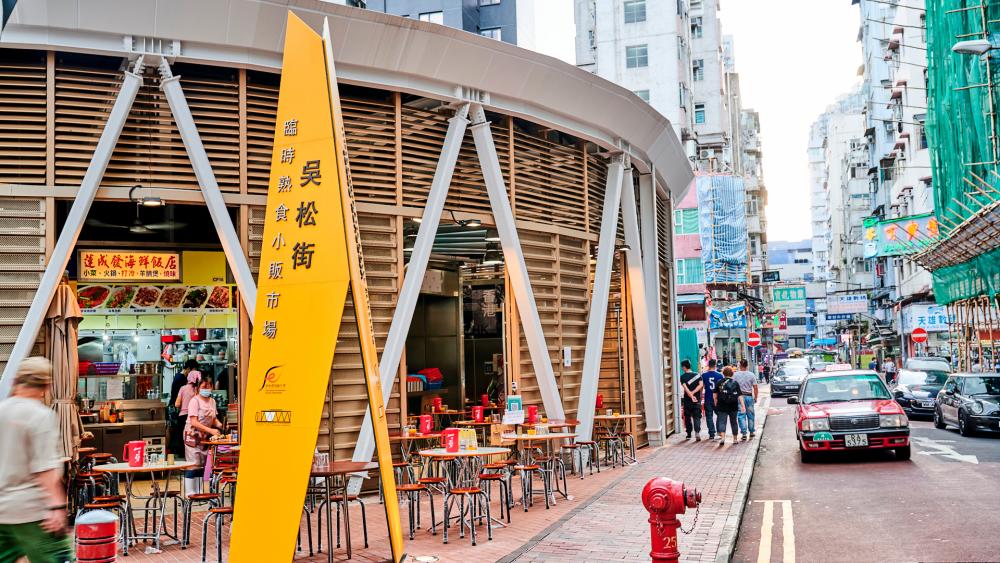
Some of Hong Kong’s most interesting eateries are located in dai pai dong, where the set-up consists of a stove, some fold-out tables and a few rickety stools. It is truly one of Hong Kong (and Asia’s) most authentic street food experiences.
The Woosung Street Temporary Cooked Food Hawker Bazaar is one of the most famous dai pai dong venues in West Kowloon, a famous neighbourhood site that is home to 20 hawker stalls selling all kinds of dishes and snacks.
Its unusual name stems from the fact that it was first opened in 1984 as a temporary location. However, 37 years on, it has become one of the island’s most established dining spots. It is continuing to serve the local communities’ appetites, after being closed for several months for some renovation work.
5. Mido Café, Temple Street, Yau Ma Tei
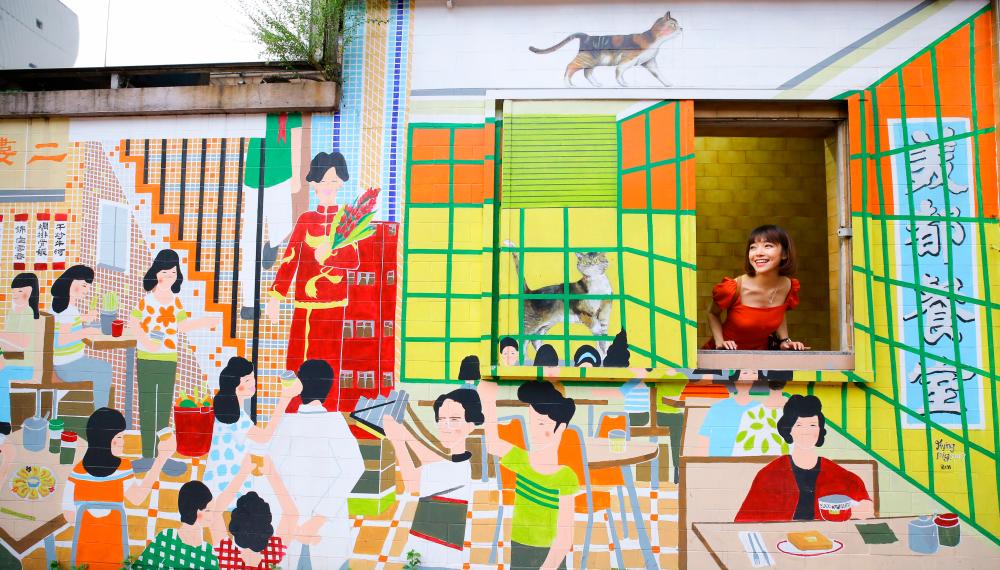
Previously featured in our article here, this picturesque café has served as the backdrop for numerous films and TV shows during its 70 years of operation. The interior design exudes nostalgia thanks to its well-worn coloured windows, mosaic tiles and ceiling fans, which have made it an Instagram darling for visitors from around the world.
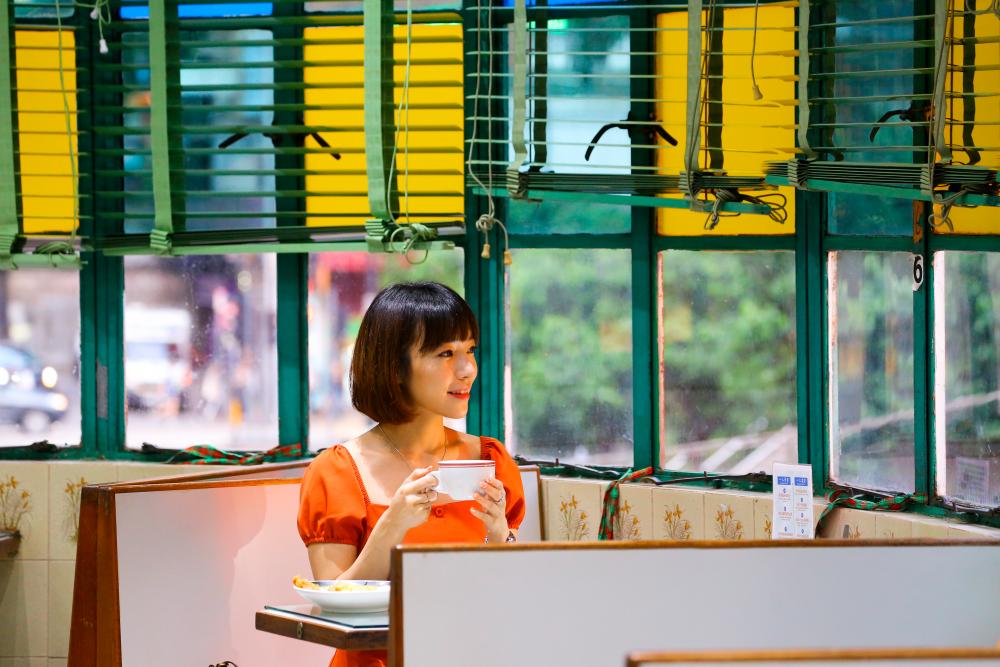
Known for being a hybrid combination of cha chaan teng (tea restaurant) and bing suut (ice room), the café has served up both hot and cold drinks alongside light snacks such as cakes and pineapple buns, and is the perfect spot to sit and relax after a long day of exploring the neighbourhood.
To find out what else you can discover in West Kowloon, stay tuned for the final part of theSun’s special feature. For more information, visit discoverhongkong.com.



